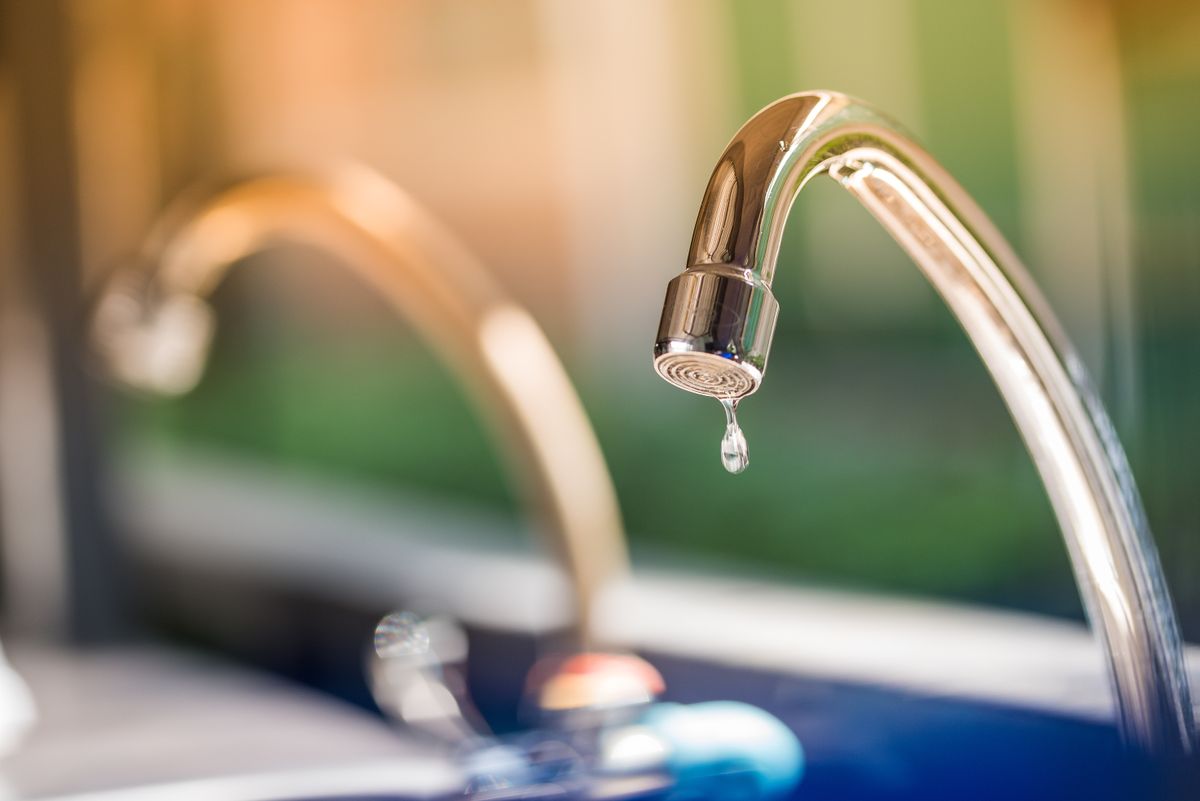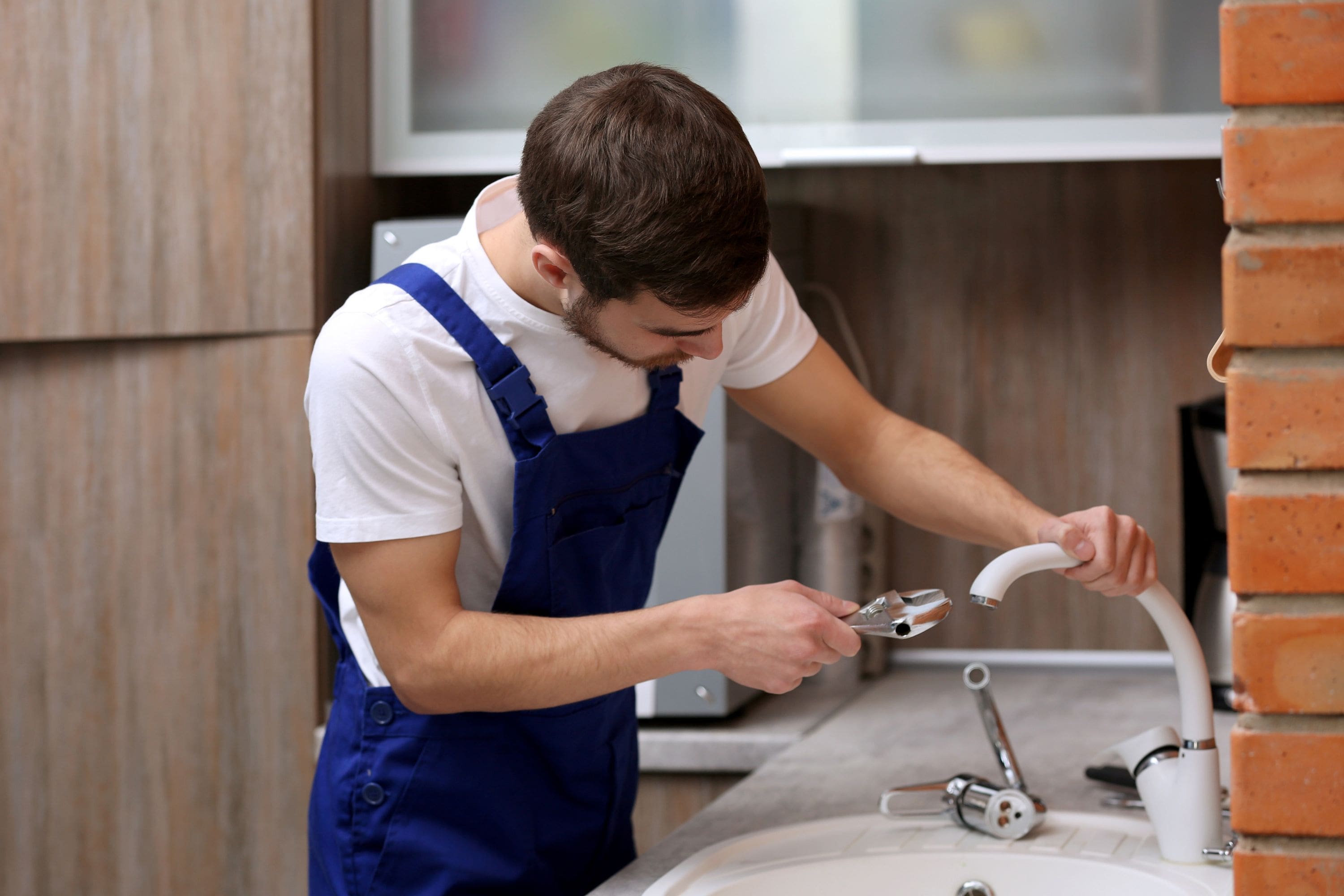Learning the Relevance of Correcting a Malfunctioning Faucet
Learning the Relevance of Correcting a Malfunctioning Faucet
Blog Article
What are your thoughts on Water Dripping from Faucet: Why and How to Fix?

Dripping faucets could look like a small hassle, however their effect surpasses simply the annoyance of the sound. From wasting water to incurring unneeded financial prices and health and wellness threats, ignoring a trickling faucet can bring about various effects. In this short article, we'll look into why it's important to resolve this common household issue promptly and efficiently.
Waste of Water
Environmental Impact
Leaking faucets add substantially to water wastage. According to the Epa (EPA), a single tap dripping at one drip per secondly can waste greater than 3,000 gallons of water each year. This not only stress water sources yet likewise influences ecological communities and wildlife based on them.
Step-by-Step Guide to Dealing With a Dripping Tap
Tools Called for
Before attempting to take care of a trickling faucet, gather the necessary devices, consisting of a flexible wrench, screwdrivers, substitute components (such as washing machines or cartridges), and plumber's tape.
Common Faucet Issues and Their Solutions
Recognize the kind of tap and the particular issue triggering the drip. Typical problems consist of worn-out washing machines, rusty shutoff seats, or damaged O-rings. Refer to maker instructions or online tutorials for step-by-step assistance on repair work.
Financial Prices
Boosted Water Costs
Beyond the environmental influence, dripping faucets can blow up water costs considerably. The collected wastage with time translates right into greater energy expenses, which can have been avoided with timely repairs.
Prospective Home Damage
Additionally, long term dripping can cause harm to fixtures and surfaces surrounding the tap. Water accumulation can cause discoloration, corrosion, and even structural problems if left neglected, resulting in additional repair costs.
Health Issues
Mold and Mildew Growth
The continuous presence of moisture from a dripping tap develops an excellent atmosphere for mold and mold development. These fungi not just jeopardize indoor air quality yet likewise position health threats, particularly for people with breathing problems or allergies.
Waterborne Conditions
Stationary water in leaking taps can come to be a breeding ground for germs and other microorganisms, increasing the threat of waterborne conditions. Contaminants such as Legionella bacteria grow in stationary water, possibly causing severe illnesses when consumed or inhaled.
Do it yourself vs. Expert Repair
Advantages and disadvantages of DIY Fixing
While some may attempt to take care of a dripping tap themselves, do it yourself repair services include their very own set of challenges. Without proper knowledge and tools, DIY attempts can aggravate the issue or lead to incomplete repair services, lengthening the issue.
Benefits of Employing an Expert Plumber
Employing a professional plumber ensures that the underlying cause of the dripping tap is resolved properly. Plumbing professionals possess the know-how and devices to detect and repair faucet issues successfully, conserving time and reducing the risk of further damage.
Ecological Obligation
Individual Payment to Preservation
Taking responsibility for dealing with dripping faucets straightens with more comprehensive efforts toward water preservation and ecological sustainability. Every person's actions jointly make a considerable effect on protecting precious sources.
Lasting Living Practices
By prioritizing prompt repairs and adopting water-saving behaviors, individuals add to lasting living methods that profit both present and future generations.
Preventive Measures
Normal Upkeep Tips
To stop trickling taps, carry out routine upkeep such as cleaning up aerators, inspecting for leaks, and replacing damaged parts immediately. Additionally, take into consideration setting up water-saving tools or upgrading to more effective fixtures.
Significance of Prompt Repairs
Dealing with dripping taps as quickly as they're discovered prevents more water waste and potential damages, ultimately conserving both water and cash in the future.
Impact on Residential Property Value
Understanding of Well-Maintained Building
Maintaining a building in good condition, including attending to upkeep issues like leaking taps, improves its regarded value and charm amongst prospective customers or renters.
Impact on Resale Value
Features with well-kept plumbing fixtures, consisting of taps, command higher resale worths in the property market. Attending to dripping taps can add to a positive impression throughout building inspections and settlements.
Final thought
Addressing a dripping faucet exceeds mere convenience; it's an important step toward preserving water, lowering financial expenses, and safeguarding health and residential property. Whether with DIY fixings or expert assistance, acting to repair leaking faucets is a tiny yet impactful means to promote responsible stewardship of sources and add to a much healthier, more lasting future.
How to Fix a Dripping or Leaky Faucet
A leaking faucet is one of the most common problems that homeowners encounter, but it being commonplace doesn’t make it any less annoying. The constant drip drip drip of a leaking bathtub faucet, showerhead, or sink tap can disturb your home’s serenity. Left neglected, a dripping faucet can also result in higher water bills and discoloration or mold growth in your sink or plumbing fixtures.
Fortunately, you don’t have to be a trained plumber to know how to stop a dripping faucet. With some basic tools, replacement parts, and a little patience, leaky faucet repair is a breeze. In this article, we’ll explain what causes dripping faucets and how you can fix them.
What Causes a Leaking Faucet?
Kitchen and bathroom faucets come in all manner of designs, but most involve some combination of valves, O-rings, seals, and washers. The O-ring is usually the weakest link, but any one of these pieces can wear down over time. Heat, moisture, temperature fluctuations, minerals, mold, and movement can contribute to warping and corrosion, breaking the watertight seal. This just comes with the territory of being a homeowner. Everything is always subject to wear and tear, and some component parts of your appliances and fixtures need to be replaced on occasion. At least replacement O-rings are cheap!
More rarely, dripping faucets can be a symptom of excessively high water pressure. Were this the case in your home, you would probably notice that the leak is not isolated to one faucet. Water pressure issues are harder to resolve on your own. We recommend contacting a professional plumber if you suspect your water pressure is too high.
How to Fix a Dripping Faucet
Pipe wrench or monkey wrench Allen wrench set Screwdrivers Old towel or rag Shut off the water.
Before you do anything, you need to turn off the water to keep from drenching your kitchen or bathroom. You should find a valve under the sink and against the wall. Once you’ve turned this valve, try turning the faucet on to confirm that the water source has been cut off.
If you can’t locate your local valve for the faucet you’re working on, you can always shut off the water to the house at the main valve. Of course, this will prohibit anyone from using the sinks, showers, or toilets while you’re working on the faucet that’s giving you trouble.
Plug or block the drain.
You’ll be disassembling the faucet and removing some small bits of hardware. Plug the drain with a stopper or rag to avoid the possibility of a small screw falling into your P-trap.
Take apart the faucet assembly.
There are several varieties of kitchen and bathroom faucets, each with its own manner of assembly. For detailed instructions on how to disassemble your faucet, you can refer to the fixture’s manual or contact the manufacturer. If you know whether you have a ball, disc, cartridge, or compression faucet, you can find detailed schematics online.
In general, you need to begin by removing the faucet handles. You might notice a small screw that you’ll need to remove with a screwdriver or Allen wrench. If you don’t see any visible securing hardware, it’s likely hidden under a decorative cap that can be unscrewed or popped off with flathead screwdriver.
Remove each piece methodically, consulting a schematic when necessary. Take notes or arrange the pieces in such a way to make it easier to correctly reassemble the faucet later.
Remove the cartridge.
Once you’ve removed the handles and securing hardware, you should be able to remove the valve cartridge or stem. Some cartridges will slide right out. Other faucet models will require you to loosen a nut with a pipe wrench before you can remove the valve stem.
Examine the exposed hardware.
With the cartridge or stem removed, inspect the component parts. Check the rubber O-rings for wear and tear. Also examine the seat washer for corrosion or other damage. These pieces are usually the responsible parties for a dripping faucet, but it’s worth inspecting the other component parts while you have the faucet disassembled.
Find replacement parts.
Once you’ve identified which faucet component has failed, find an identical replacement. Your local hardware store should have O-rings, seat washers, and other standard components in stock. If you have a luxury or uncommon faucet, you may have to contact the manufacturer for a replacement part.
It’s a good idea to take your old parts with you to the hardware store so you can compare them with the store’s inventory and be sure you’re purchasing the correct replacement.
Reassemble the faucet.
With your new parts in hand, reconstruct the faucet and handles. Don’t be tempted to overtighten screws or nuts. You might think this could create a better seal, but it can instead damage or bend a delicate part of the assembly and create a new problem for you.
Turn on the water and test the faucet.
The only thing left to do is test your work. Unplug the sink, turn the water back on, and try the faucet. Congratulate yourself on a job well done!
https://www.libertyhomeguard.com/how-to-fix-a-dripping-or-leaky-faucet/

I'm very interested by Leaky Faucets: Why They Happen & What to Do About Them and I'm hoping you liked the article. Loved our article? Please share it. Let somebody else find it. We recognize the value of reading our article about 4 Common Reasons for a Leaky Faucet.
Report this page